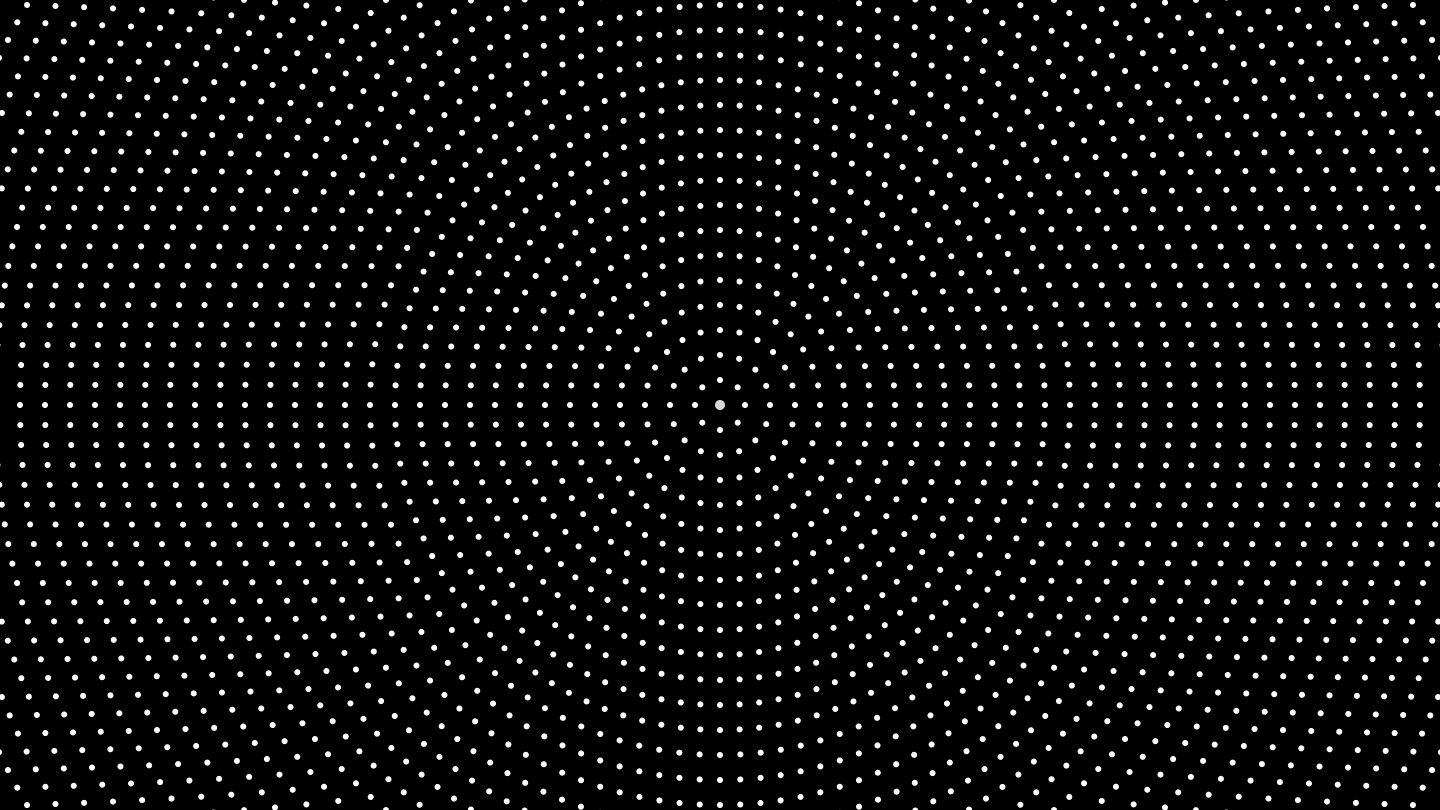The aura of care in UX
Written by
Stephen Farrugia
Art direction by
Manoel do Amaral

In November 2022, Brian Chesky, CEO of Airbnb, began a tweet thread with “I’ve heard you loud and clear” in response to a customer backlash over the way they hid additional costs till the checkout page. “You feel like prices aren’t transparent…starting next month, you’ll be able to see the total price you’re paying up front” he said about a change that could be made urgently in a day, or carefully over a few.
When he said I’ve heard you loud and clear he was also telling his User Experience (UX) researchers and designers they were ignored, if they were heard at all. The deceptive pattern was no mistake. Intentionally designed to deceive and benefit from excited holiday planners and their potential to give in to the sunk cost fallacy. Instead of addressing the ridiculous additional fees the company chose to trick customers into paying them. That’s not empathy, at best it’s apathy, at worst it’s hate. The decision to fix it only came after the balance of business value and public relations started to tip the wrong way. Chesky presented himself as a model CEO doing right by his customers as if he wasn’t responsible for wronging them in the first place. People bought it too. He demonstrated how bright a performative aura of care can shine to hide questions about the business activity or even questions about the business’s legitimacy to exist.
In April of 2022 Twitter added the option to write short descriptions of the images you attach to a tweet. Those descriptions help vision-impaired people that rely on synthesised voice software to read out the contents of a page. The thing about image descriptions is that the World Wide Web Consortium’s (W3C) standards for HTML — the document structure language of the web (and Twitter) — has required them since 1999. When Twitter went live, that requirement was already seven years old and twenty three years old by the time they obeyed it completely. To praise Twitter for recognition of vision-impaired people is like praising a heavy drinker for taking a hip flask to their kid’s school play instead of skipping out to the pub. They did the bare minimum, reluctantly, despite having UX researchers and designers on deck. For this they deserve no more than a collective why the fuck did it take so long?
Goodness in a product’s design tends to make more sense as a convenient side-effect of a business case. For Twitter, crowd-sourced image descriptions written for free can make a nice data set to sell for machine learning.
If we look at industry-wide examples we can see how intrinsic care replaced with business incentives leads to low-quality black-and-white photocopies of the original ideas. Everything becomes optimised to meet business requirements and any surviving sense of care that remains is there by chance.
Since the beginning of the web, writing W3C compliant HTML has been highly regarded among developers. Standards-compliant code makes the web accessible but the design philosophy of prioritising accessibility also led to the unique quality of HTML being forgiving if the standards are ignored. Showing something in a web browser is more accessible than showing nothing, so a web page will still look right if the code is not perfect. In the early days, this meant that the quality of the HTML wasn’t factored into timelines and budgets because it was extra work that didn’t change how the site looked. If a site was built with standards compliant code it was because the developers wanted it that way and did it on their own time.
That all changed in the early 2000s when Search Engine Optimisation (SEO) arrived. The techniques for improving the visibility of a site in Google’s search results included rules for the structure of the HTML. These rules took some W3C standards and tied them to a tangible business case of heightened search visibility. I remember the surreal experience of an SEO consultant presenting these rules to my web development team. We already knew everything they said because we understood web accessibility, but they were retelling these things as novel techniques for getting more sales leads from search.
Responsive Web Design (RWD) — a design philosophy for building sites that work for everyone regardless of the device they use or their connection speed — gained commercial adoption in a similar way, well after developers and designers had already seen its value as an empathetic design philosophy. Google announced that mobile-friendly sites would be preferred in search results and some, not all, RWD techniques became convenient. Now responsiveness in commercial web apps focuses mostly on being visually accessible to devices used by a target demographic. Anything outside is considered an edge case and ignored, or again, supported by developers and designers taking the initiative in their own time. That’s why some sites will crash the browser on your parents' iPad, use up your mobile data before anything renders, and fail basic accessibility tests. Browsing the web has become a reason in itself to upgrade a device.

And yet… User Experience has become part of the everyday lexicon. Normal people who don’t make tech products say they prefer a product “for the UX”. Normal people who do make tech products say their product “has great UX”. It’s generally accepted as a measure of how easy something is to use, how little it gets in the way. Like usability before, it takes something that was a core concern of commercial product design — since companies sold products — and treats it like some novel modern add-on. But the real innovation is making it seem like the ease of use, the user experience, is the only thing that matters, because sometimes a product doesn’t offer much else.
Notion is a popular cloud-based product that is marketed with no purpose more specific than productivity or collaboration. It takes existing products like wikis, project management tools, and document editors and mashes them together into one window. Notion is the sum of products that were already legitimised as being useful by themselves. Despite inheriting all of its usefulness from other useful things, Notion’s success is the result of good usability design that makes it easy to use those things in one place. For Notion the UX is the product.
Productivity and collaboration might seem like vague purposes to an individual but to a tech company, they are compelling, concrete, purposes. Businesses are sold corporate subscription plans for Notion and other products, like Slack and even Figma, which are imposed on staff as essential tools. For employees, these products are universal tools of nothing in particular. Each collaboration feature makes the anxiety of productivity ubiquitous. Little floating heads always watching over the document you’re working on, a perfect simulation of what we used to call micromanagement. They are virtual open-plan offices where everything you create becomes littered with comments and conversations you didn’t ask for.
The thing they all have in common is how strikingly easy they are to use. Part of which comes from very good usability design and part of which comes from the fact that you use them for a purpose you define yourself. When they say it’s for productivity instead of doing your taxes, they are benefiting from such an abstract criteria for failure that it doesn’t really mean anything. If you want to use it to do your taxes you can go ahead. But if it can’t help with some obscure tax calculation, you’re an edge case. For a UX designer at Notion the concern is that it can be used easily, not how well it does a specific task for a specific expertise.
And, look, I know how obvious and easy it is to dismiss this as how capitalism works. The problem being the aura of care surrounding UX pretends that capitalism can be coaxed into giving a shit. It chugs along as if UX designers and researchers are the ones who are going to cause a revolution of socialist CEOs who consider users beyond their money and their data. But the inside secret of commercial UX is that the empathy is just a posture, and the businesses benefit from the aura of care without having to entertain it. In non-profit, government, or volunteer-based open source projects, the posture can, and usually does, match the reality but in commercial tech, it’s always contingent to the strength of a business case. The Google UX design course that says it will help you “empathise with users” is attracting the best-intentioned people and setting them up for a future of despair.
That’s why UX can help legitimise products that are intrinsically bad for people who use them. Tell someone that cigarettes are easy to use and they’ll ask about the reasons for using them, but tell them about the user experience of cigarettes and they’ll ask what makes the experience good.
Search Twitter for “FTX UX” and you’ll find no shortage of “it had a great UX” tweets published well after the fraud was exposed. It doesn’t matter which fraud or how obvious the scam was beforehand, the same search will yield the same results. The UX aura of care shines brighter.
The posture is strengthened by a UX community that seems open in its contradictions. The discipline is detached from the substance of the underlying products it is applied to so empathy for users is mixed in with discourse of psychological exploits for increasing user engagement. There are Laws of UX that use psychology to design better products & services and at the top of most UX book lists you’ll find Nir Eyal’s Hooked to learn how to build habit forming products. Nir says he wants to see people hooked on products that promote healthy habits, but of course the ones getting rich from a product are going to believe their own bullshit when they say it’s harmless, healthy, or going to save the world. Another seminal UX book is Steve Krug’s Don’t Make Me Think which has popularised the relentless removal of “friction” from user interfaces for over two decades. When you’re trading crypto with your life savings you do want to think about every thing you do despite how much the product will be designed to avoid it.

Marketing is about attracting new customers and retaining existing ones and commercial UX is concerned with removing the barriers that prevent these. UX is powerful because it doesn’t seem like marketing and the practitioners don’t see themselves as being in the marketing business.
Like the sales tough guy that demonstrates his versatility by saying he can sell you this fucking pen. UX doesn’t care what you hit with the baseball bat, it just makes sure you don’t get splinters from it. Web3, NFTs, and blockchain products need this product-agnostic approach that keeps everything in the realm of experience because blurry, uncertain, or non-existent usefulness is a form of friction itself. Consider FTX and all the other centralised crypto exchange, trading, and lending platforms that turned out to be massive scams. Centralised crypto products come from a community-wide UX need to obscure necessary complexity rather than create usefulness that is concrete enough to justify it. Complexity justified by usefulness is obvious in products like Blender where a terrifying interface hasn’t stopped it from becoming an industry standard. The evidence that gaining the expertise to use it will pay off is overwhelming.
There is no wonder that crypto, metaverse, and now AI pushers, are obsessed with UX. They talk about the user experience as a final barrier to adoption as if people are clambering behind a reinforced wall for a prize they can see and know they need. UX ignores questionable usefulness and the bright aura of care distracts from real questions of ethics and harm. It hides the real intentions of the business, not just behind a posture, but behind UX professionals who have a genuine sense of care. UX researchers and designers talk about empathy because they are empathetic people. In a commercial context there is tension between that empathy and viable business activity so the role becomes usability design by another name
UX ignores questionable usefulness and the bright aura of care distracts from real questions of ethics and harm.
UX seniors working outside commercial constraints don’t help the situation. They push the fight for the user rhetoric in Medium articles, tweets, and LinkedIn posts. They goad young UX starters to push for empathetic values without acknowledging how few contexts they are compatible with. For most, choosing where you work is a luxury. It’s going to be the commercial UX roles that pay the best every time. Designing socially beneficial products is something to strive for, but not something that should weigh on the shoulders of a junior UX designer while their manager is asking them to draw a dark pattern in Figma.
UX needs to make clear distinctions between commercial design work and design as a social good so the aura of care is not just an aura. Until that happens we’ll continue to see the worst companies hire the best people to help them make the worst things.
Works cited
- Airbnb is adding cleaning fees to a new 'total price' by Britney Nguyen
- A quick update by Airbnb Design
- Deceptive design pattern on Wikipedia
- Twitter image sharing on Wikipedia
- HTML standard by WHATWG community
- Alt attribute on Wikipedia
- SEO on Wikipedia
- RWD on Wikipedia
- Rolling out the mobile-friendly update by Google
- Edge case on Wikipedia
- Google UX Design Certificate by Google
- Laws of UX by Jon Yablonski
- Hooked by Nir Eyal
- Don’t make me think by Steve Krug